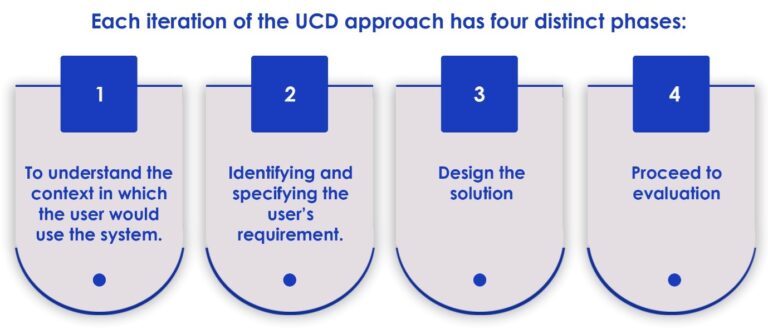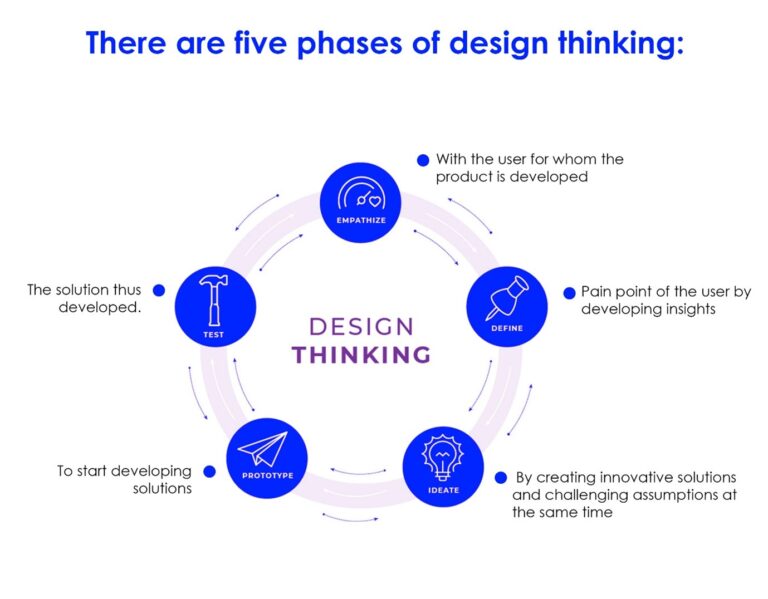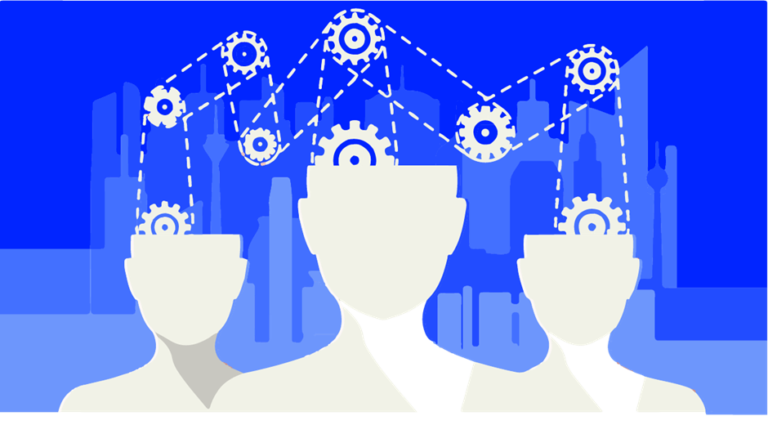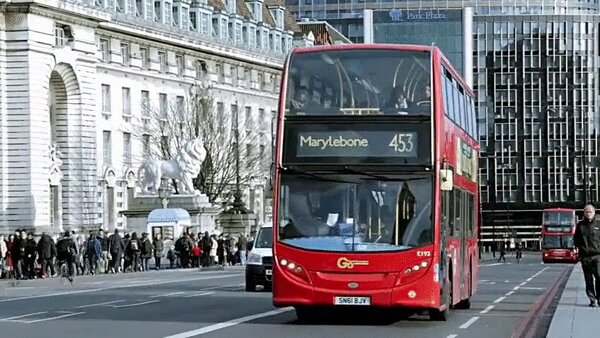From textiles to architectural drawings to digital devices, every product is created with a function—and a user— in mind. Around mid-twentieth century, designers began considering “human factors” (also called ergonomics) to products, services, and interfaces to address human users’ needs. It has led to the evolution of designing theories and shift in designer’s point of attention.
Let’s see how?!
“Engineers start with technology and look for a use for it; business people start with a business proposition and then look for the technology and the people. Designers start with people, coming towards a solution from the point of view of people.” — Bill Moggridge

In the mid-twentieth century, evolution of telephone took its own organic journey and explored the designers changing view of users. In 1930, Bell Labs approached Henry Dreyfuss to design a new telephone set. A team of young designers worked on reinventing the behaviour dynamics between people and equipment. Soon after, in 1937, Dreyfuss and Bell Labs unveiled Model 302 telephone.
Model 302 was also called a functional artifact of extraordinary beauty at that time.
Designing for People
Though Model 302 was elegant and useful, but it still had usability problem. The triangular handset would turn when cradled against shoulder as the people had intuitive desire to talk hands-free.
Introduced in 1949, Model 500 addressed this issue.
The team of designer thoroughly studied the face measurements of over two thousand human faces to determine average space between the ear and the mouth. Also, the G handset was given a squared-off profile. The new handset was comparatively lighter, smaller, and less likely to turn when held or cradled against shoulder.

Adding to the growing design history of telephones, in the 1950s, advertisers and manufacturers targeted specific demographic group of teenagers as a lucrative market for new phone models.
The Dreyfuss office introduced, The Princess, a glamorous icon of phone design. The anthropomorphic name was itself seductively mirrored its youthful market. It came in pretty colors with light-up dial. The Princess appealed to young women and was marketed as a bedside accessory. The design team observed the usage of Model 500 where users rested the base on their torso. The Princess responded this unanticipated unconscious use in the design process.
The trilogy of Dreyfuss phones—from Model 302, to research driven Model 500 to the demographic group targeted Princess—has shown us the designer’s change in focus from sculptural integrity, studying the anatomy and behavior of typical user to targeting consumer demographics.
What is User-Centered Design?
User-centered design strives to discover result-oriented solutions, aimed at enhancing the lives of the stakeholders. It is the outcome of powerful ethical outlook and contemporary practice to organize the design process around user. The knowledge of unmet human wants and needs opens up outcomes of the design process to further include services, systems, experiences, and physical things.
It is an iterative process, with a mix of investigative methods and secondary research tools such as surveys and interviews and generative methods such as brainstorming to understand the user needs.

These phases are assessed for the outcomes regarding the context and requirements of the user and see how the implemented design is performing.
After this, the team moves to further iterations of these four phases until the evaluated results are satisfactory.
In short, the User-Centered design process focuses on understanding the user against their context throughout different phases of design and development.

The First Laptop and the Birth of Design Thinking
“We are moving towards a more holistic view of design and its impact on the larger person, community, and world.” —Bill Moggridge
In 1797, Bill Moggridge, an industrial designer by profession, was commissioned by GRiD Sytems Corporation to create what became the first laptop computer GRid Compass. GRiD was reserved for the elite user, military applications, NASA space missions, and the government. It had a screen that flipped open to reveal a keyboard and was priced at $8,000.
When Moggridge began using the GRiD himself, he realized that the relationship between the user, the software, and the physical object is more crucial than the physical device (product) itself. He later co-founded IDEO, a design firm that disseminated the DESIGN THINKING methodology.
What lies beyond USABILITY?
Moggridge saw the limits of User-Centered Design. Thinking past the user, Moggridge recognized that individual need is too narrow a lens for the future of Design Thinking.
In his book ‘Designing Interactions (2007), Moggridge has discussed the hierarchy of human factors starting from the dimensions of human anatomy (anthropometrics) that grow upward in complexity and outward in reach. Anthropometrics is followed by physiology (how the body works), cognitive psychology (how the mind works), and cultural anthropology (understanding the human condition). And on top is ecology.
The MAN, The SOFTWARE, And The PHYSICAL OBJECT
What is Design Thinking?
Design thinking, at its core, is a method of the broader discipline of creative problem-solving. At some point in the last few decades, Design Thinking became what was “next” for creative problem-solving.
Design thinking is a problem-solving approach fundamentally different from traditional approaches, which innovators practice across disciplines. It is a process of inquiry to understand the potential needs and desires of users, challenge assumptions, redefine the problem statement, identify, and generate multiple solutions, and then create test and revise prototypes in an iterative process. Design Thinking is a solution-based approach as it revolves around the user for whom the product or services are developed.
Where to implement DT vs. UCD?
Design Thinking is wider in its scope and implementation; it offers a perspective on innovation and creation and is used in product development. On the other hand, User-Centered design is a methodology followed to improve the user experience of a product or service.
While User-centered design is an appropriate approach used in product development for a specific audience as it focuses on end-users from the first phase of the first iteration. On the other hand, though DT is also focused on end-user, it also takes business goals and technological feasibility into consideration. (Read more, How do Designers Think Visually?)

Though DT and UCD are differently implemented, they share design principles and concepts involved.
Human-Centric Empathy
The processes involve setting aside biases and assumptions to know and empathize with the end-user.
Iterative Process
DT and UCD are both iterative processes, meaning they are not linear. One may need to jump backward to previous steps and repeat them. This process is flexible as it allows to repeat steps multiple times before moving on.
Team Collaboration
Each design method gives the best outcome in its capacity when people across organization silos work in tandem. Both approaches are optimized when designers, developers, high-level executives, and customer-facing employees are on the same page while working to achieve a common goal.
Problem Solving
For both approaches, problems are an opportunity for improvement. Each design approach uses a structure for effective problem-solving. They take the issue at hand as a learning opportunity and turn it into a positive experience.
Comparison?
1. Empathize with the user by inquiring and observing their thoughts and behavior VS. Identifying needs or the pain points by conducting user research
2. Define the problem based on insights vs. Understanding the context of the product use and by whom
3. Ideate by challenging assumptions while brainstorming solutions VS. Specifying commonly shared user goals.
4. Prototype a minimum viable product VS. Designing solution is generated
5. Test the prototype, and the product development team gets to know more about the user, which helps in further iteration VS. Evaluation to gather user feedback for validation or reiteration of the processes.

Conclusion
It is safe to conclude that both design frameworks aim to ensure that the users’ needs are at the center of product design/development. However, experts at Worxwide Consulting also understood that upon closer inspection, the concept of Design Thinking is broader and is often used in the product development process. It focuses on innovation, ideation, and about finding user-focused solutions to develop products, policies, and services to meet user needs. In contrast, the latter applies to the creation of user-focused digital interfaces. Therefore, Design Thinking is broader in its application than User-Centered Design.
That’s all about User-Centered Design and Design Thinking!
But, did this thorough information make you more curious about the FUTURE of Design Thinking?
Well, I have written more to give you a well-deserved closure! GO ON….. READ AHEAD!
Worxwide Consulting , a top management consulting firms that help companies drive digital growth by improving user and customer experience. We help companies with end-to-end product design or UX design services that include research, strategy, design, test product designs and prototypes. Worxwide based out of US, UK, and India offering bid consulting, sales transformation, user experience and customer experience design services.
Book a meeting with experts at Worxwide Consulting to discuss more about design thinking implementation in your project.
Mobility: From Design Thinking to Human-Centered Design
Freedom of movement is a fundamental and universal urge. Human-centered design addresses this universal need for mobility of the global population, including people with diverse abilities.
Good design can make assistive devices such as bicycles, wheelchairs, and canes appealing by combining aesthetics and function. The global advocates of Universal Designs are working towards more inclusive designs to provide improved experiences to as many people as possible.
tx, USA

London, UK

India


